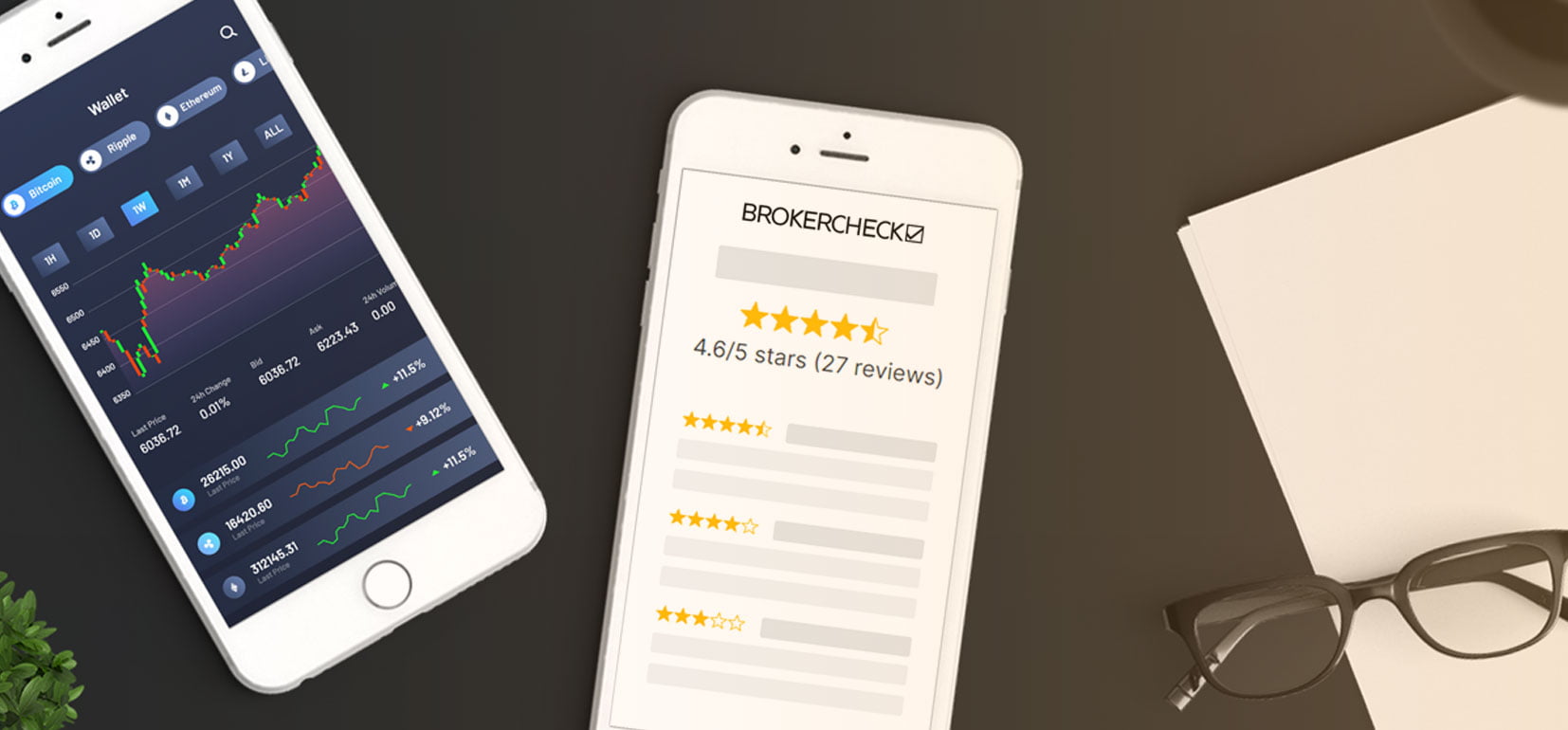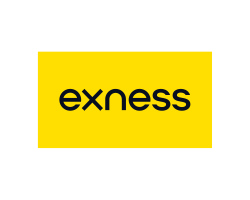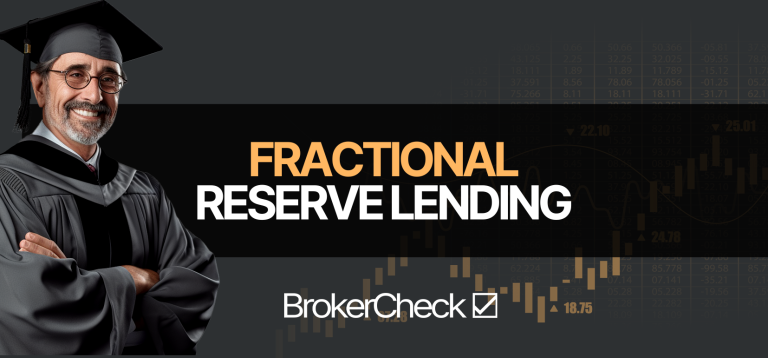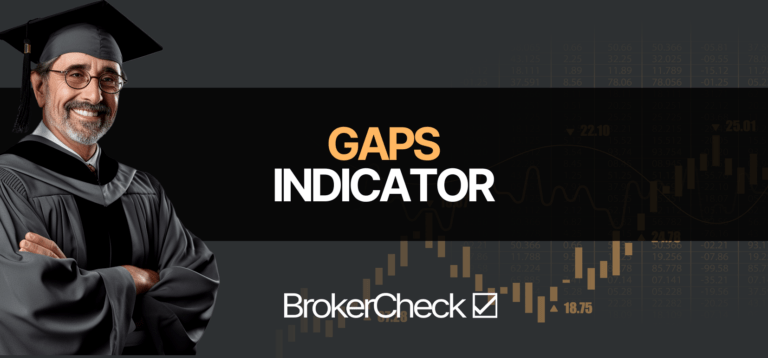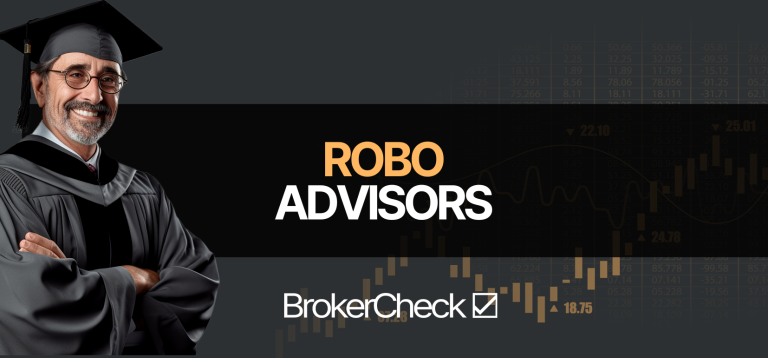1. Understanding Aluminium
Aluminium, a silvery-white, lightweight metal, stands as the third most abundant element on earth, making up about 8% of the planet’s crust. It’s a wonder element, known for its versatility and low density – an aspect that makes it a preferred material in industries such as aerospace and construction.
Aluminium’s journey from being a precious metal to an everyday resource is a fascinating tale. In the 19th century, aluminium was considered more valuable than gold and silver due to its rarity. However, the discovery of the Bayer process in 1887 and the Hall-Heroult process in 1886, which made it possible to extract aluminium from its ore, bauxite, revolutionized its status. Today, it’s found in everything from soda cans to aircrafts, reflecting its wide-ranging applications.
Aluminium’s unique properties play a significant role in its widespread use. It’s not only light and durable but also resistant to corrosion, thanks to a thin layer of aluminium oxide that forms on its surface when exposed to air. This protective layer makes aluminium an excellent choice for outdoor applications, such as in the construction of buildings and vehicles.
Moreover, aluminium is a great conductor of electricity. Despite being only 60% as conductive as copper, it’s used extensively in power transmission lines due to its lightness and cost-effectiveness.
But that’s not all. Aluminium is also highly recyclable. Nearly 75% of all aluminium ever produced is still in use today, thanks to recycling efforts. This not only conserves natural resources but also reduces energy consumption, as recycling aluminium requires just 5% of the energy needed to produce new aluminium.
In the world of trading, aluminium holds a dynamic position. Its price is influenced by a variety of factors, including supply and demand, energy costs, and geopolitical events. Hence, traders need to keep a keen eye on global trends and developments to make informed decisions.
Whether you’re a trader, an investor, or simply a curious mind, understanding aluminium can offer a window into a world where science, industry, and commerce intersect in fascinating ways.
1.1. What is Aluminium?
Unveiling the secrets of the world’s most abundant metal, Aluminium is more than just the foil that wraps your leftovers. This silvery-white, soft, non-magnetic, ductile metal is the third most abundant element (after oxygen and silicon) and the most abundant metal in the Earth’s crust. It makes up about 8% of the Earth’s solid surface by weight.
Aluminium is renowned for its low density and ability to resist corrosion. This corrosion resistance is due to a phenomenon known as passivation – a thin layer of aluminium oxide (approximately 4 nm in thickness) that forms when the bare metal comes into contact with oxygen. This protective layer renders the metal virtually immune to weathering and rust, making it a material of choice for various industries.
In its pure form, aluminium is soft and lacks strength, but it can be alloyed with small amounts of copper, magnesium, silicon, manganese, and other elements to increase its strength. These alloys are vital in construction, aerospace, and other high-performance sectors.
Moreover, aluminium is a good conductor of electricity. Despite being only approximately 61% as conductive as copper, it is used in electrical transmission lines due to its light weight. This metal is also non-toxic, making it ideal for packaging and cooking utensils.
Aluminium is a fascinating element with a rich history. It was once considered more valuable than gold in the 19th century due to the difficulty of its extraction process. Today, thanks to modern extraction methods, it’s an affordable and widely used material in various sectors around the world.
From the car you drive to the smartphone in your pocket, aluminium is an integral part of our everyday lives. Its unique combination of properties makes it a versatile and essential material in the modern world.
1.2. Properties of Aluminium
Let’s delve into the remarkable properties of aluminium that make it a trader’s goldmine. First off, it’s worth noting that aluminium is the third most abundant element on earth, making it a readily available resource. This abundance is a significant factor in its widespread use and affordability.
One of the most notable features of aluminium is its lightweight nature. Despite being so light, it’s incredibly strong and durable, which makes it ideal for a multitude of applications. Think about the aerospace industry, where every gram counts, yet strength is non-negotiable. Aluminium is the go-to material.
Aluminium also boasts excellent conductivity. It’s second only to copper in terms of electrical conductivity, but because it’s much lighter and cheaper, it’s often the preferred choice for power lines.
Moreover, aluminium is highly resistant to corrosion. It naturally forms a thin layer of aluminium oxide on the surface when exposed to air, protecting it from rust and degradation. This corrosion resistance, coupled with its non-toxic nature, makes aluminium a staple in the food and beverage industry.
In addition, aluminium is highly malleable. It can be rolled into thin sheets or drawn into fine wires, making it extremely versatile. This malleability also means it’s highly recyclable. In fact, 75% of all aluminium ever produced is still in use today.
Lastly, aluminium has a low melting point and is easy to work with, making it a favourite in industries such as automobile manufacturing and construction.
Given these impressive properties, it’s no wonder aluminium is such a hot commodity in the trading world. Its versatility, abundance, and affordability make it a material with endless potential.
1.3. Aluminium Production Process
The journey of aluminium from the earth to your everyday household items is an intriguing one. It all begins with the extraction of bauxite, a clay-like substance that is rich in aluminium ore. After mining, the bauxite undergoes a process known as Bayer’s process where it is crushed and heated with sodium hydroxide solution to separate the aluminium hydroxide.
Aluminium hydroxide is then filtered out and heated to create alumina, a white powder that serves as the basis for aluminium production. The next step is the Hall-Heroult process, a method of smelting where alumina is dissolved in a molten electrolyte made up of aluminium fluoride and cryolite. An electric current is passed through this solution, causing the aluminium ions to migrate to the negative electrode, or cathode, where they are reduced to aluminium metal.
The freshly produced aluminium is then siphoned off and cooled, resulting in large blocks of pure aluminium known as ingots. These ingots can be further processed into a wide variety of products, from aluminium foil to car parts. The versatility of aluminium makes it a crucial material in numerous industries, with its production process being a testament to human ingenuity and resourcefulness.
2. Aluminium in the Trading World
In the realm of trading, aluminium holds a unique position. This lightweight, durable metal is not only a staple in various industries, but it also serves as a key indicator of economic health. Traders across the globe keenly watch the aluminium market, as its price fluctuations can signal changes in supply, demand, and overall market conditions.
Aluminium trading primarily takes place on the London Metal Exchange (LME), the world’s largest market for non-ferrous metals. Here, traders can engage in futures contracts, betting on the price of aluminium months or even years in advance. This form of trading allows businesses to secure prices for future purchases, providing a degree of certainty in an otherwise volatile market.
Another fascinating aspect of aluminium trading is the role of warehousing. Aluminium producers often store their output in warehouses approved by the LME. These warehouses, scattered across the globe, play a significant role in determining aluminium prices. If a warehouse is overloaded, the surplus can depress prices. Conversely, a shortage can trigger a price spike.
The aluminium market also offers opportunities for spread trading. This strategy involves buying and selling different contracts simultaneously to profit from the price difference. For instance, a trader might buy a contract for aluminium delivery in three months and sell a contract for delivery in six months. If the price difference between the contracts widens, the trader stands to profit.
However, trading aluminium is not without its challenges. The aluminium market can be influenced by a myriad of factors, from changes in energy prices (aluminium production is energy-intensive) to geopolitical events. Therefore, successful aluminium trading requires a deep understanding of the metal’s market dynamics and a keen eye for detail.
In essence, aluminium trading is a complex, dynamic arena that offers both opportunities and challenges. It’s a game of strategy and insight, where the stakes are high and the rewards can be significant. Whether you’re a seasoned trader or a novice, understanding the intricacies of the aluminium market can provide a valuable edge in the trading world.
2.1. Understanding Aluminium Trading
As a trader, it’s essential to recognize the unique attributes of aluminium that make it an attractive commodity. Aluminium is the most abundant metal in the earth’s crust and is used in a wide range of industries, from construction and transportation to packaging and electrical applications. Its versatility and durability make it a commodity that’s always in demand, providing a stable market for traders.
The first step in trading aluminium is understanding its market dynamics. The price of aluminium is influenced by a variety of factors, including global supply and demand, economic indicators, and geopolitical events. For instance, if a major aluminium-producing country experiences political instability, it could disrupt supply and cause prices to rise.
Spot prices and futures contracts are two common ways to trade aluminium. Spot prices refer to the current price at which aluminium can be bought or sold for immediate delivery, while futures contracts allow traders to buy or sell aluminium at a predetermined price at a future date. Trading futures can be a way to hedge against price fluctuations or to speculate on future price movements.
It’s also important to note that aluminium trading is heavily regulated. In the United States, the Commodity Futures Trading Commission (CFTC) oversees the aluminium futures market, and in other countries, similar regulatory bodies exist. These organizations work to ensure market integrity and protect traders from fraudulent activities.
Finally, successful aluminium trading requires a solid understanding of technical analysis and market trends. Traders use charts, indicators, and other analytic tools to predict future price movements and make informed trading decisions. This, combined with a good grasp of fundamental analysis, can help traders navigate the aluminium market and capitalize on its opportunities.
2.2. Factors Influencing Aluminium Prices
Aluminium, the silver-white, soft, non-magnetic metal, is widely used in a plethora of industries due to its incredible versatility. However, its price is not static; it is influenced by a number of factors that traders should be aware of.
Supply and Demand is the first and foremost factor that impacts the price of aluminium. When the demand for aluminium exceeds its supply, the price tends to rise and vice versa. Industries such as construction, automotive, and packaging have a significant influence on the demand for aluminium.
Energy Costs also play a critical role. Aluminium production is an energy-intensive process, thus, fluctuations in energy prices can directly affect the cost of aluminium. For instance, if the cost of electricity rises, it will likely lead to an increase in the price of aluminium.
The Value of the US Dollar is another key influencer. Aluminium is priced in US dollars, so when the dollar weakens against other currencies, it makes aluminium cheaper for buyers using those currencies, which can increase demand and push up prices.
Political and Economic Instability can also have a significant impact. Unpredictable changes in government policies, trade wars, or economic downturns can disrupt aluminium supply chains and affect prices.
Lastly, Aluminium Stock Levels in the global commodity exchanges can cause price swings. If stock levels are high, it suggests a surplus of aluminium, which can put downward pressure on prices. Conversely, low stock levels indicate a shortage, which can drive prices up.
Understanding these factors can provide traders with valuable insights, helping them make informed decisions in the ever-changing world of aluminium trading.
2.3. Strategies for Trading Aluminium
To navigate the dynamic world of aluminium trading, it’s crucial to have a handful of robust strategies in your arsenal. First and foremost, fundamental analysis is king. By keeping a close eye on the global economy, particularly the industries where aluminium is heavily used, such as automotive, construction, and packaging, you can anticipate market shifts. For instance, a surge in the construction industry often signals an increase in aluminium demand, potentially driving up prices.
Next, technical analysis can prove invaluable, especially when combined with fundamental analysis. This involves studying past market data, primarily price and volume, to predict future market trends. Tools such as moving averages, trendlines, and Bollinger bands can help you identify potential entry and exit points for your trades.
Seasonal trading is another strategy often utilized in aluminium trading. Aluminium prices tend to be higher in the summer months due to increased construction activity. By buying aluminium in the off-season and selling during the peak season, traders can potentially reap substantial profits.
Lastly, consider the impact of exchange rates. Because aluminium is priced in U.S. dollars, changes in the value of the dollar can significantly affect aluminium prices. A strong dollar makes aluminium more expensive for buyers using other currencies, which can dampen demand and potentially drive prices down.
Remember, no single strategy is foolproof. The most successful aluminium traders often combine these strategies, constantly adjusting their approach based on market conditions. It’s also crucial to stay informed about global events and economic indicators that could impact the aluminium market. From political unrest to changes in manufacturing trends, a wide range of factors can influence aluminium prices. By staying informed and flexible, you can navigate the challenges of aluminium trading and potentially turn a tidy profit.
3. Investing in Aluminium
In the world of commodities trading, aluminium stands out as one of the most versatile and widely used metals. It’s prized for its unique combination of durability, lightness, and resistance to corrosion. This makes it a vital component in a broad range of industries, from automotive manufacturing and construction, to aerospace and electronics.
The demand for aluminium is driven by these industries, and as they grow, so does the demand for this metal. This creates an exciting opportunity for traders looking to diversify their portfolio. However, like any investment, aluminium trading is not without its risks. It’s essential to understand these risks and how to navigate them before diving in.
Aluminium prices are influenced by a variety of factors. These include global supply and demand, geopolitical events, and economic indicators. For example, a slowdown in the construction industry could lead to a decrease in demand for aluminium, which could impact its price. On the other hand, a disruption in the supply chain, such as a strike at a major aluminium mine, could drive prices up.
Another key factor to consider is the cost of production. Aluminium is extracted from bauxite ore, and the process is energy-intensive. Therefore, changes in energy prices can significantly impact the cost of aluminium production, which in turn can affect aluminium prices.
Exchange-Traded Funds (ETFs) and futures contracts are two popular ways to invest in aluminium. ETFs offer exposure to aluminium prices without the need to store or handle the physical commodity. They are a great option for beginners due to their simplicity and accessibility. On the other hand, futures contracts allow traders to buy or sell aluminium at a predetermined price at a future date. They offer more flexibility and potential for higher returns, but also come with a higher risk.
In addition, some traders choose to invest in companies involved in the aluminium industry, such as miners, smelters, and manufacturers. This can be a good way to gain exposure to the aluminium market, but it also means taking on the additional risks associated with individual companies.
Research and analysis are crucial in aluminium trading. Keeping up-to-date with industry news, understanding market trends, and conducting thorough fundamental and technical analysis can help traders make informed decisions.
Remember, while aluminium trading can be profitable, it’s not a guaranteed way to make money. As with any investment, it’s important to only invest what you can afford to lose.
3.1. How to Invest in Aluminium
Dipping your toes into the world of metal investments can be an exhilarating journey, and one metal that has been making waves in the investment world is Aluminium. A lightweight, highly conductive, and corrosion-resistant metal, aluminium is used extensively in various industries, from construction to electronics, making it a promising investment option.
Before you dive in, it’s essential to understand the different ways to invest in aluminium. The most direct method is through the physical purchase of aluminium. This can be done by buying aluminium bullion or coins. However, keep in mind that this form of investment requires storage and insurance, which can add to the cost.
Another popular method is investing in aluminium futures. Futures are contracts to buy or sell a specific quantity of a commodity, in this case, aluminium, at a predetermined price on a set date in the future. This method can potentially yield high returns, but it also comes with its risks, as the prices of commodities can fluctuate significantly.
For those who prefer a less risky approach, investing in aluminium stocks is a viable option. This involves buying shares in companies that mine or produce aluminium. This method allows you to profit from the company’s success without having to deal with the physical commodity.
Lastly, Exchange Traded Funds (ETFs) offer a way to invest in a basket of aluminium-related stocks. ETFs provide diversification, which can help spread risk.
Whatever your preferred investment method, remember that thorough research and understanding of the market are key. Stay informed about the global aluminium industry, including supply and demand trends, to make informed investment decisions.
3.2. Pros and Cons of Investing in Aluminium
Aluminium, the third most abundant element on earth’s crust, holds a prominent position in the world of investments. With its wide range of applications in various industries, it’s no surprise that aluminium is a hot topic among traders. However, like any investment, it comes with its own set of advantages and disadvantages.
One of the significant advantages of investing in aluminium is its increasing demand in various sectors such as transportation, construction, and packaging. Its properties like light weight, corrosion resistance, and conductivity make it a preferred choice in many industries. Additionally, the growing focus on sustainability and recycling further boosts its demand as aluminium is 100% recyclable and retains its properties indefinitely.
However, it’s not all sunshine and rainbows in the aluminium market. The price volatility is one of the major drawbacks of investing in aluminium. Factors such as political instability, changes in supply and demand, and global economic conditions can significantly impact aluminium prices. This volatility can lead to substantial losses if not managed properly.
Another downside is the environmental impact of aluminium production. Although aluminium is recyclable, its initial production requires a significant amount of energy and contributes to greenhouse gas emissions. This factor can be a concern for socially responsible investors.
Lastly, the aluminium market is not immune to geopolitical risks. The majority of the world’s aluminium supply comes from politically unstable regions, which can pose a significant risk to your investments.
Despite the risks, aluminium investment can be a profitable venture if approached with knowledge and caution. Therefore, it’s crucial to understand the pros and cons before diving into the aluminium market.
3.3. Tips for Successful Aluminium Investment
Understanding the dynamics of the aluminium market is the cornerstone of successful investment. Aluminium, being the second most used metal in the world, has a vast array of applications, from construction to transportation, packaging to electronics. Hence, keep a close eye on these sectors to estimate the demand and price trends.
Researching the major players in the aluminium industry is also crucial. Companies like Alcoa, Rio Tinto, and China’s Chalco are significant influencers in the aluminium market. Their financial health, production capacity, and strategic decisions can have a substantial impact on aluminium prices.
Political and environmental factors can’t be ignored either. Regulations, trade policies, and sustainability issues can all affect aluminium production, and consequently, its price. For instance, China’s recent crackdown on pollution has led to reduced output from its aluminium smelters, leading to price fluctuations.
Diversification is another key strategy. While aluminium can be a profitable investment, it’s also subject to volatility. Therefore, consider spreading your investments across other metals or commodities to mitigate potential risks.
Finally, keeping a long-term perspective is essential. While short-term price movements can be influenced by a myriad of factors, in the long run, the demand for aluminium is likely to grow due to its versatility and recyclability. Therefore, patience and a long-term investment horizon can prove beneficial.
Use of financial instruments like Exchange Traded Funds (ETFs) that track aluminium prices or futures contracts can also be a part of your investment strategy. These can provide exposure to aluminium prices without the need to store physical aluminium.
Remember, successful investment in aluminium, like any other commodity, requires careful analysis, strategic planning, and regular monitoring of market trends. It’s not a ‘set it and forget it’ game. Stay informed, stay diversified, and stay patient.

